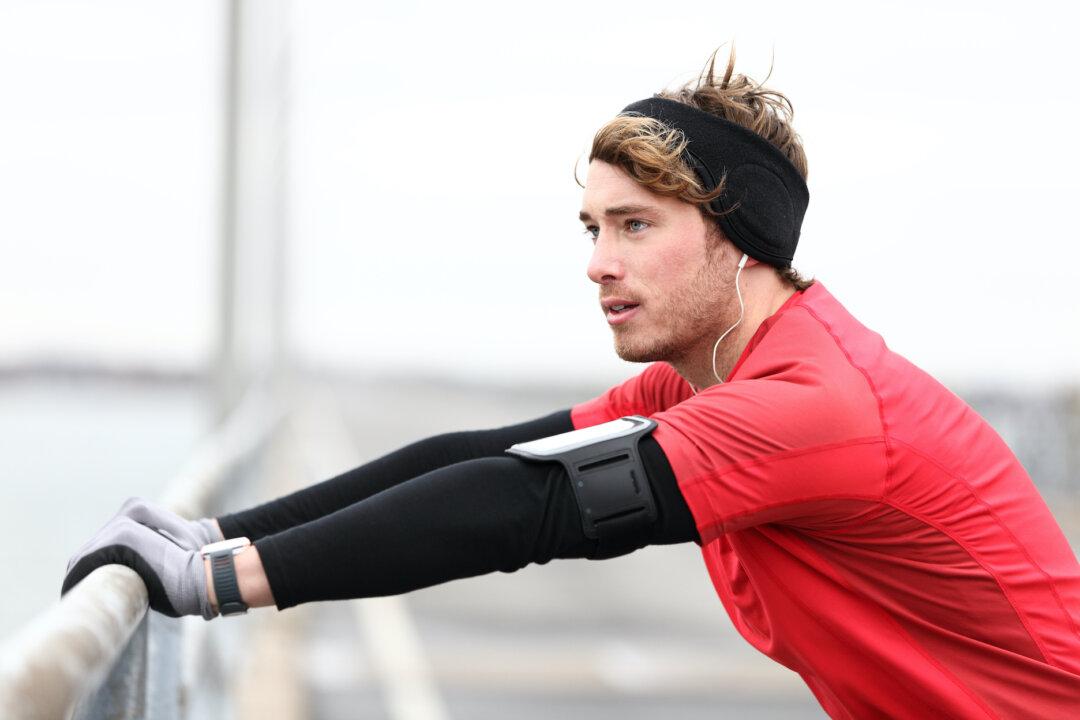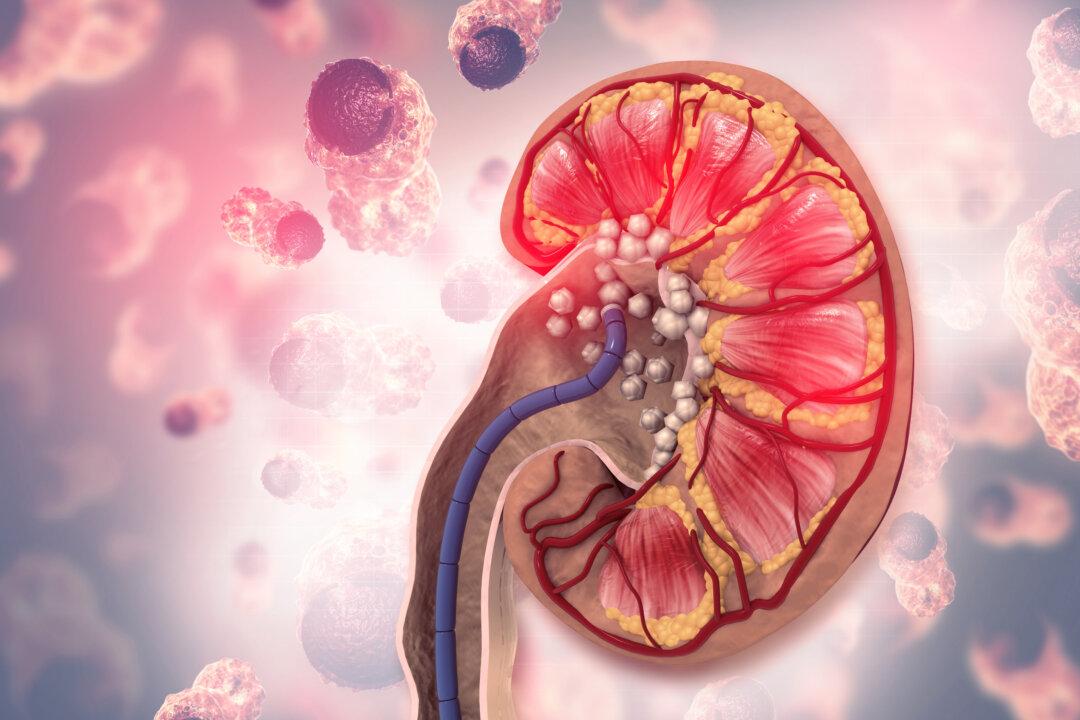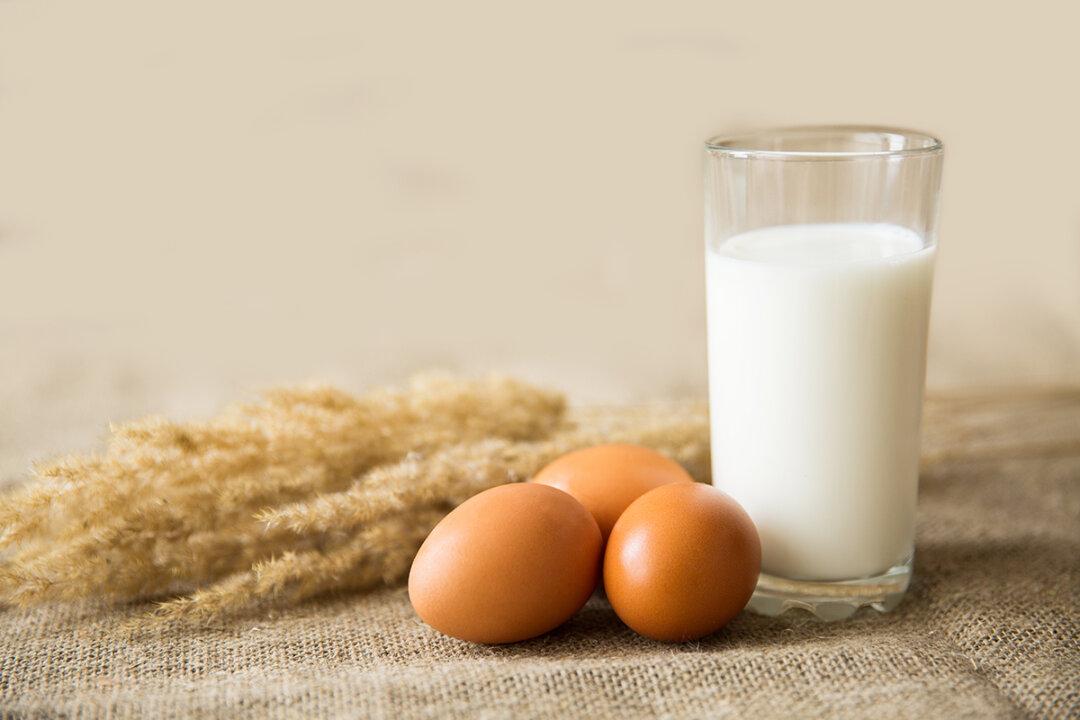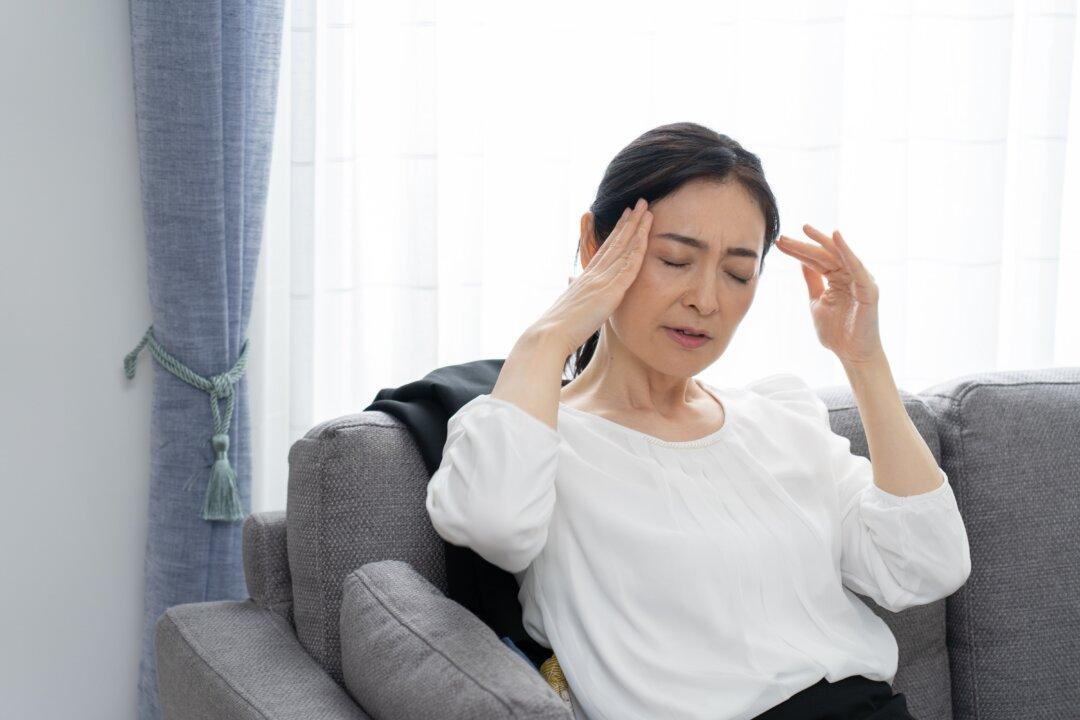When it comes to exercise, most people think of aerobic exercise and resistance training, but they might forget the importance of stretching. Stretching not only makes the body more flexible and joints smoother, but it can also lower blood pressure, relieve pain, and bring many other benefits. Read on to learn about the well-researched benefits of stretching, and the “right-angle” stretch our expert recommends.
4 Benefits of Flexibility
In the world of sports, where retirement at the age of 30 is not uncommon, Japanese ski jumper Noriaki Kasai, known as a “winter Olympic legend,” won a silver medal at the Sochi Winter Olympics at the age of 41. As for his sports achievements, Kasai mentioned in his book “Keeping the Best Shape from Age 40” that he pays attention to flexibility, and that especially for those who are over 40, the most important priority for body maintenance is to enhance flexibility.Why is flexibility so important? Spinal mechanics expert Yun-Lung Cheng pointed out that people with poor flexibility are prone to shoulder and neck pain, lower back pain, plantar fasciitis, and other myofascial pains. Having normal flexibility has four major benefits, for joints, fasciae, the body, and mind.






